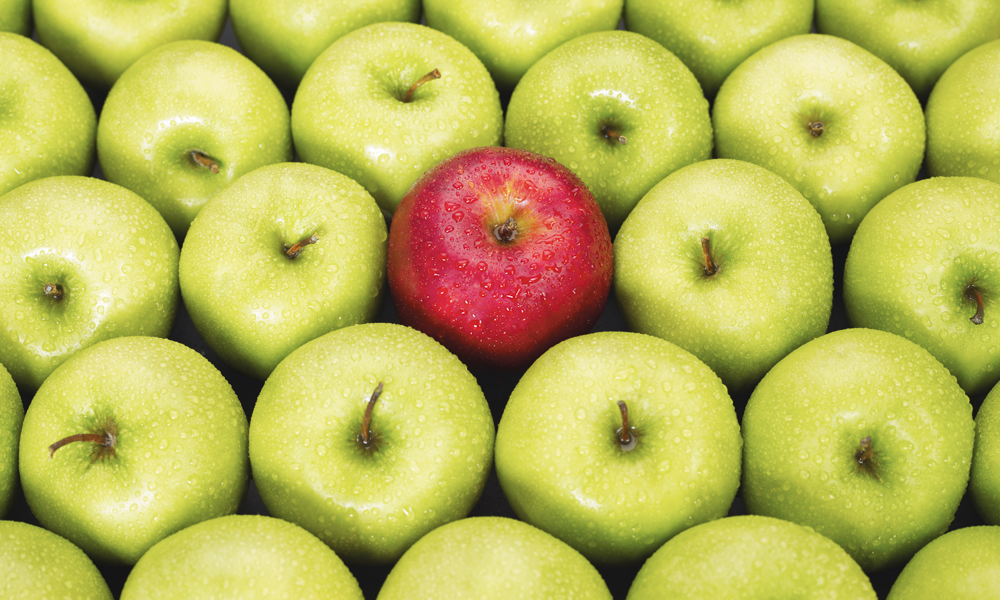
Tech Memo: Association App-titude
The best type of app “really depends on the association’s membership and organizational goals.” Do you want differentiated tools or one mega app?
The best type of app really depends on the association’s membership and organizational goals.
Do you want differentiated tools or one mega app? Things to consider when building out a strategy for mobile apps.
Smartphone users spend 89 percent of their mobile media time in apps, according to a recent Nielsen cross-platform report. That profound level of engagement is yet another call to action for associations to leverage mobile apps for their members and other audiences. But it begs the question: What type of app is best?
“That really depends on the association’s membership and organizational goals,” says Kevin Leonard, association and nonprofit engagement manager at Breakthrough Technologies, LLC. “We’ve identified eight basic types of association apps, each offering an array of benefits and features. Not every association will need every type of app.”
In addition to one all-encompassing “mega” app, the eight types include apps for meetings, publications and journals, member benefits, e-commerce, member tools, education, and advocacy.
“A meeting app is generally an association’s first step,” Leonard says. “It’s a good way to test the waters to see if their membership is interested in using apps and what platforms and devices they’re utilizing.”
Becky Thompson, who heads public outreach for the 50,000-member American Physical Society, agrees. “It’s a neat, easy way for everyone to plan their meeting, make sure they are where they need to be, download [events] to their calendar, and not have to carry around a big meeting book,” she says.
The success of APS’s meeting app, as well as thoughtful analysis of the group’s programmatic priorities, led to the development of additional applications such as spectraSnapp—an education app that transforms an iPhone into a spectroscope. While APS took the road of developing multiple, specialized apps versus a single mega app, Leonard says there are pluses and minuses to each approach.
“A smaller mobile app tends to provide a boiled-down, focused experience to accomplish a very specific task,” he says. “Associations might want to split out their apps based on use cases, member segments, and products. For instance, they might want to sell an app as a standalone product. That’s typically done in some of the education and member-tool apps.”
Or an organization might want one overall app to give users a single point of entry—one icon to click, one place to go—says Leonard. “It’s a choice of how membership best consumes what an organization is putting out, whether they want the full fire hose of information or prefer more focused experiences.”
(diego_cervo/ThinkStock)





Comments